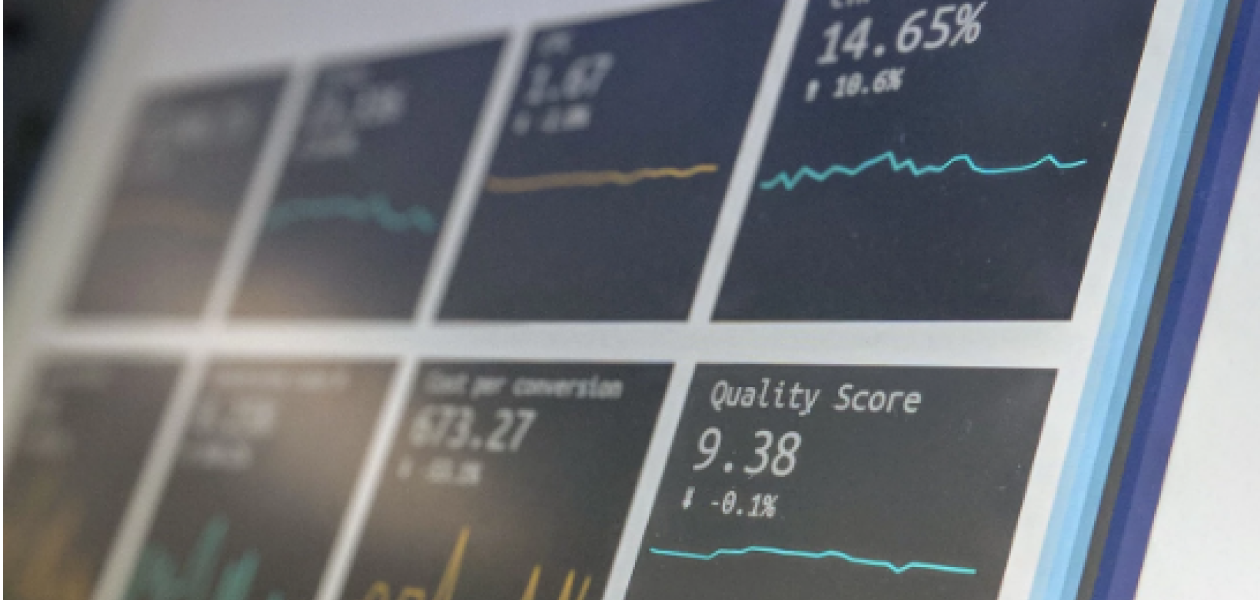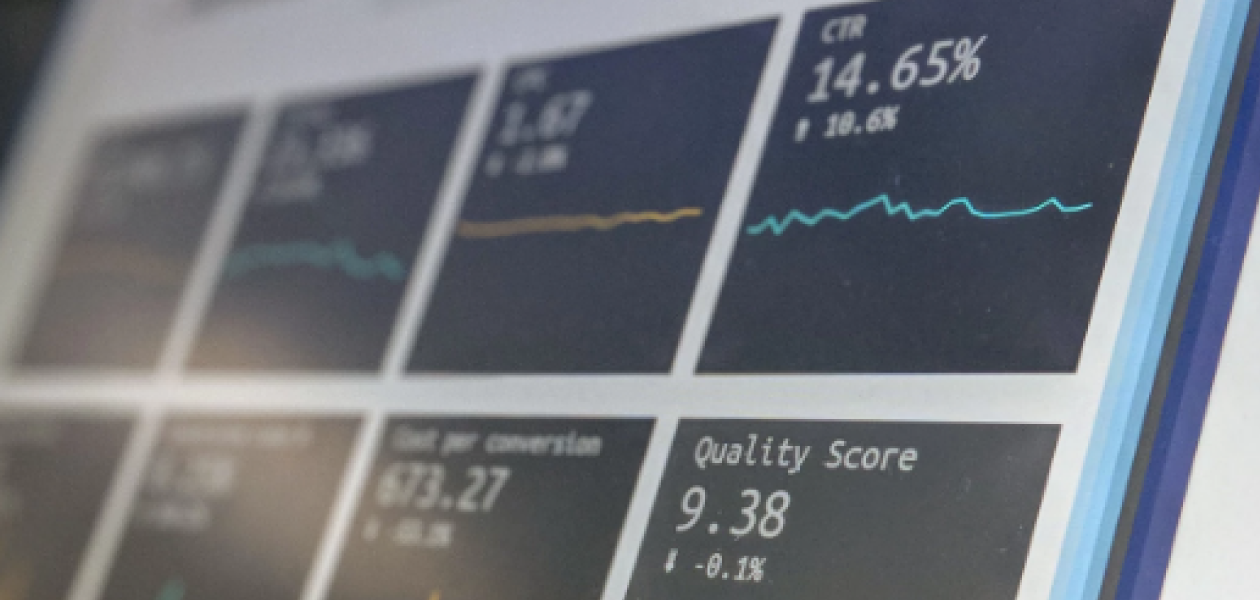Smart cars: State of the art [1/3]
Discover in this article: Smart Cars – State of the Art
Some analysts forecast the end of the steady growth cycle for the global automotive Industry and the Volkswagen scandal, unveiled in September 2015, is not to recover investors’ trust. However, properly leveraging the evolution of new technologies and applying it to the automotive industry may give it some fresh air and bring back some interest, and maybe even develop unknown activities around this field.
Research has been smoothly progressing inside manufacturers’ labs for a couple of years now, around what is called the smart car, but it’s the well-known “Google Car”, under wide media coverage, that has brought public interest on the subject. Let’s try to know more about this technology then.
According to the NHTSA (National Highway Traffic Safety Administration) – an American federal agency in charge of road safety – there are five levels of advanced driver assistance systems :
Level 0: No automation.
Level 1: Function-specific automation; for instance, ABS breaks or electronic stability control (ESC). All of which exist for many years now.
Level 2: Combined function automation; for instance, road line crossing alarm combined with automatic speed reduction. This system already exists in upscale vehicles.
Level 3: Limited self-driving automation and traffic jam assist; it’s what the “Google Car” already does! Note, the driver hands over control to an automaton, but can take it back in case of emergency or hazard.
Level 4: It’s the ultimate goal! Where the automaton handles every aspect following the “passenger” voice control. This is exactly what happens in “Minority Report”, Spielberg’s sci-fi movie (2002). This kind of vehicle is currently used as a research proof of concept, but only on private circuits equipped with many sensors necessary for this technological breakthrough. We’re not yet at the point of merging it in urban traffic and many challenges are yet to be solved.
Here’s where art and knowledge are about the subject. The current global auto fleet is mainly between level 0 and level 1. In two or three years, level 2 would become “accessible”, probably as power windows did 20 years ago. Levels 3 and 4 still need some time to really merge into our everyday life, as many technical challenges have to be solved meanwhile. We will expose these technical challenges in a future post.



